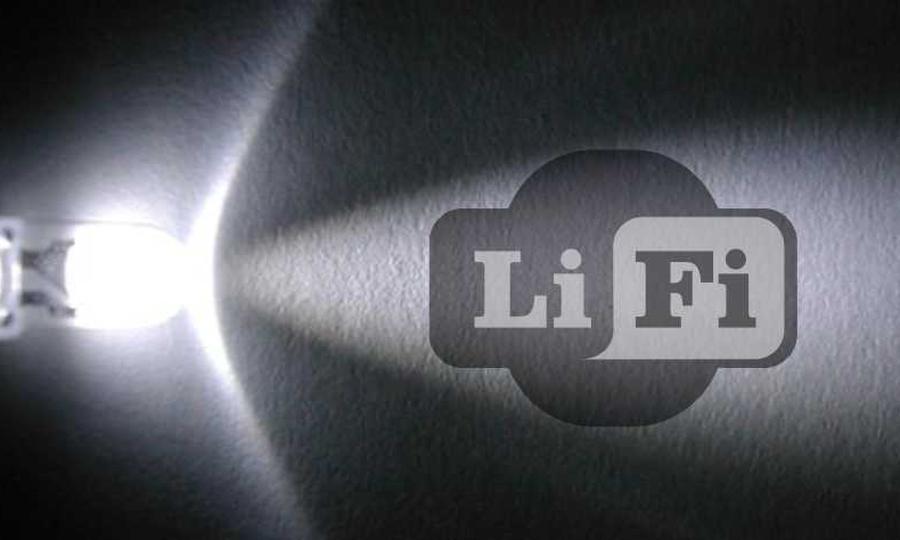Li-fi systems are more secure and offer higher speeds than existing systems
Radio spectrum, the backbone of 3G, 4G, 5G, Wi-fi, bluetooth, radio and television networks and broadcasting, is getting crowded, especially in densely-populated cities like Hong Kong and Singapore.
Now the solution to the emerging bandwidth crunch may be the ubiquitous light-emitting diode bulb. Because light is the future of wireless communications.
Known as light fidelity, or Li-fi, the technology is a novel wireless network that will complement Wi-fi to use light to transmit huge chunks of data synchronously, at an unparalleled speed with uninterrupted connectivity.
Using light to transmit data allows Li-fi to offer several advantages, most notably a wider bandwidth channel for higher speeds as well as no electromagnetic interference.

Industrial experts say a home-based Li-fi network can be used for video streaming, gaming and so on, on the strength of its ultra-high speed and low latency characteristics, while Wi-fi can then be used for surfing and emailing.
Another virtue of Li-fi is that it is more secure and eliminates the problem of radio interference that is common in locations with overlapping Wi-fi networks.
Users can virtually see the coverage of Li-fi, which does not leak through walls, nor will it be interfered with by radio frequencies. The same reason that Li-fi prevents interference means it will also guarantee superior privacy, as securing a network is as simple as drawing the curtains and closing the door, according to the South China Morning Post.
In the laboratory, researchers at the University of Edinburgh’s LiFi Research & Development Centre have demonstrated speeds of over 10Gbps with a single LED lamp.
In February, tech start-up pureLiFi demonstrated what was arguably the world’s first Gigabit Li-fi component ready for mobile devices at the Mobile World Congress in Barcelona. Currently, users need to insert a special attachment, or dongle, into their devices to connect with Li-fi, but wider adoption is expected once mainstream smartphone and computer manufacturers install Li-fi chips their future devices.
Signify, the new name of Philips Lighting, is also working with more than 30 customers throughout Europe, North America and Asia to trial its commercial Li-fi systems. One scope of application is to get buildings Li-fi ready, with infrastructure to deploy Internet of Things applications including security, door access and putting chips into home appliances to create a Li-fi ecosystem.

In September, China’s state-owned rolling-stock manufacturer CRRC Corp also launched a prototype of a smart subway train featuring a Li-fi network made up of legions of LED lamps inside and outside train cars, to offer better connection for commuters whose web-browsing and video streaming are usually stuck in a clogged network inside a packed train.
CRRC also bragged that vehicles including trains would be able to communicate with one another via front and back LED lights for extra safety, eliminating the costly need for traditional wired cables along tracks and tunnels for ethernet or communications, further cutting construction and maintenance costs.
Read more:






























